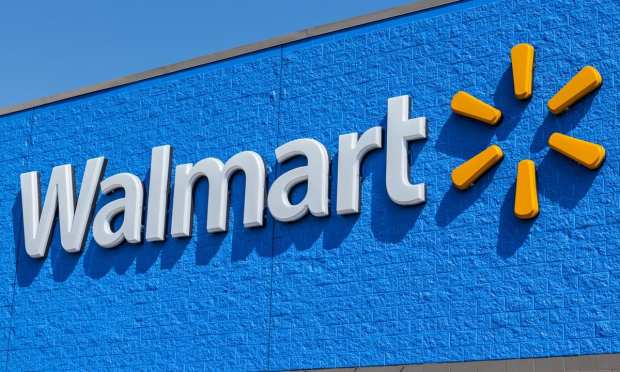Walmart Partners With HomeValet On Smart Box Technology For Fresh Deliveries

Retail giant Walmart is teaming up with delivery solutions startup HomeValet to launch a test pilot that would bring fresh groceries to people’s homes even if they’re not there.
“If there’s one thing we know about our customers, it’s that they’re busier than ever,” Walmart SVP of Customer Product Tom Ward said in a Tuesday (Jan. 12) blog post.
He said delivery should fit a customer’s schedule and the retailer’s pilot program with HomeValet “is one of many solutions we’re testing” to make people’s lives “more manageable.”
Powered by internet of things (IoT) technology, HomeValet’s smart box can store frozen, refrigerated and pantry items at three different controlled temperature ranges. The smart box technology will provide the delivery driver with secure access to the box.
“The prospect of this technology is intriguing, both for customers and for Walmart’s last-mile delivery efforts,” Ward said.
It’s a benefit to customers, he said, because they won’t have to make plans around deliveries. For Walmart, it is the chance to deliver the things people need any day, any time.
“While we don’t have plans to do 24/7 delivery today, it certainly has a nice ring to it,” he added. Walmart first launched its grocery delivery service in 2018.
The pilot program will launch in the spring in Bentonville, Arkansas. Participants will get their Walmart items delivered directly into the HomeValet smart box placed outside their home. Delivery is secure and contactless and will stay fresh.
The latest PYMNTS Omnichannel Grocery Report indicated that 63.9 percent of survey respondents said they ordered at least one routine grocery order digitally and how they placed an order was influenced by what they needed. Research showed that cleaning products were purchased online by 36.6 percent of respondents. Some 28.4 percent ordered with pharmacy products online.
By fall last year, research showed that online grocery shopping was accelerating faster than digital retail and online restaurant meal ordering. By the end of 2020, people shopping for groceries using an app was 30 percent more than during the same time as year-end 2019.
